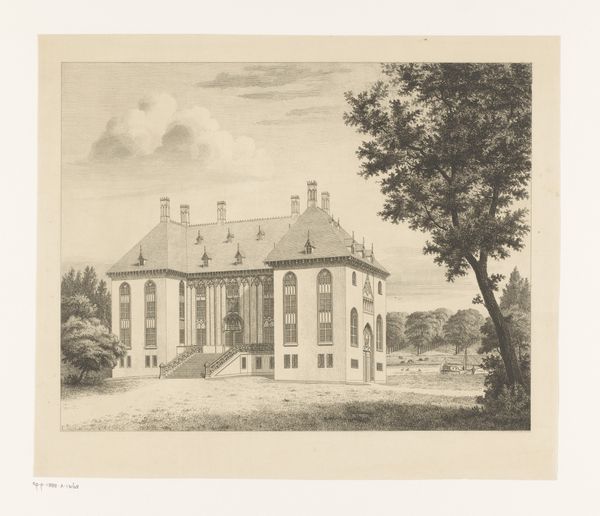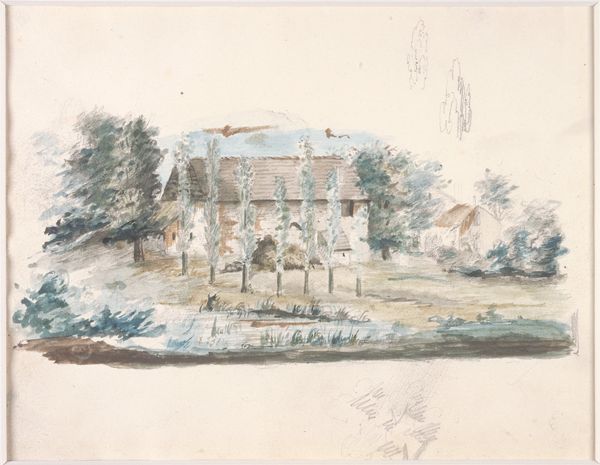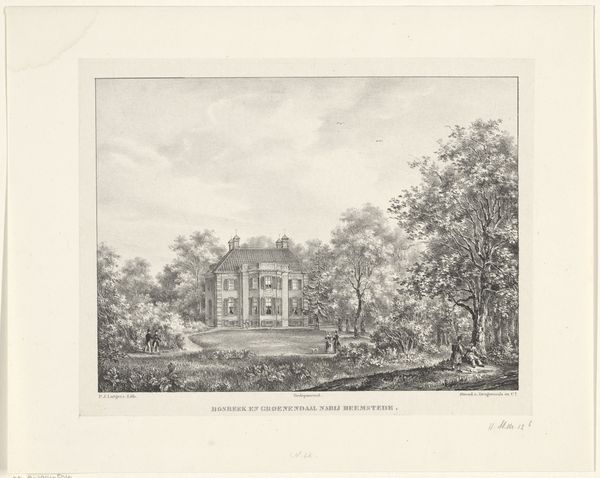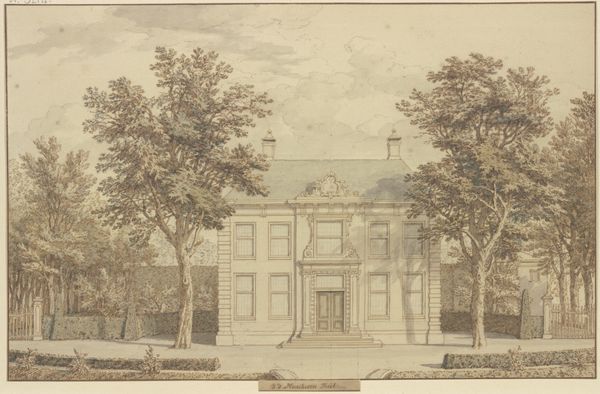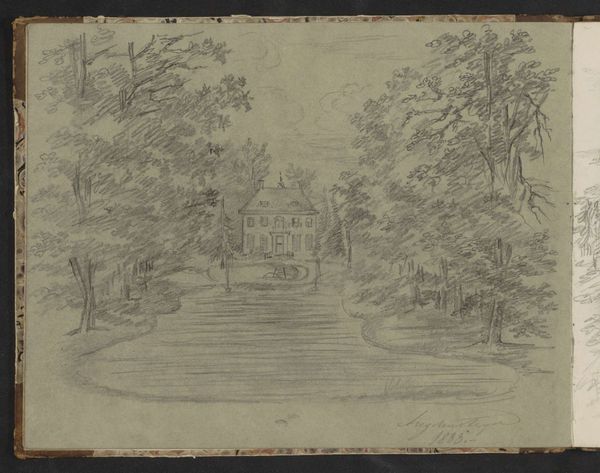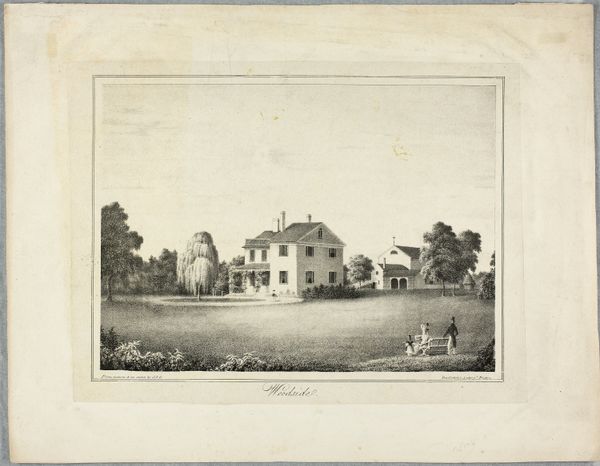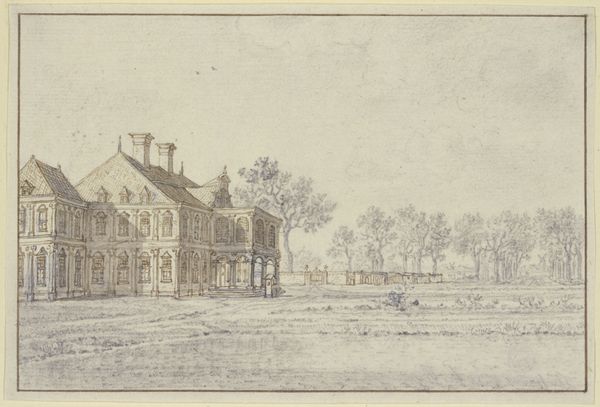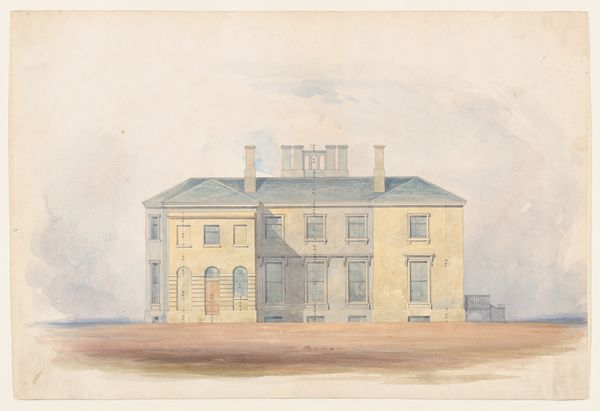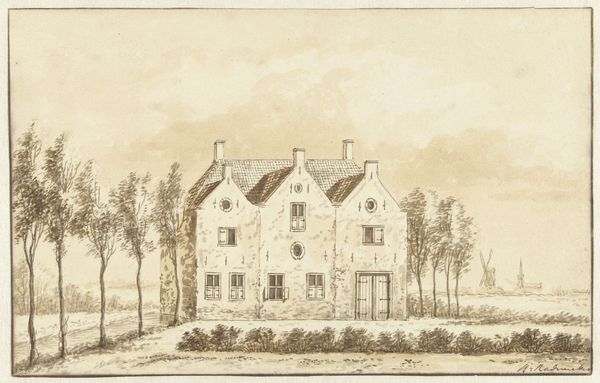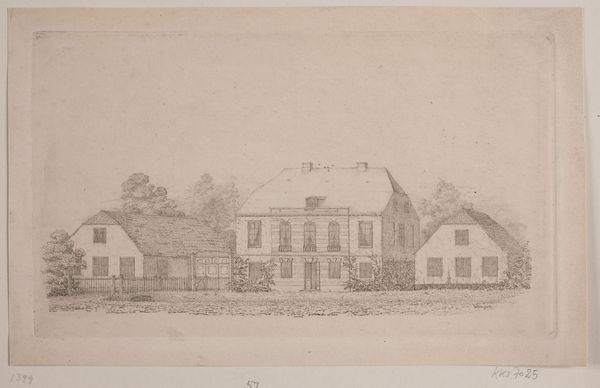
painting, watercolor
#
water colours
#
painting
#
landscape
#
watercolor
#
romanticism
#
cityscape
#
watercolor
Copyright: Public domain
Editor: This is "The Rookery, Sutton Coldfield" by David Cox. It's a watercolor painting. There’s something about the way the light hits the building, almost glowing. How do you interpret this work, particularly its connection to materials and context? Curator: Consider the use of watercolor. Its accessibility allowed for broader participation in landscape painting, beyond just the elite. Think about the rise of the merchant class at the time and their aspiration for country estates, now made visually accessible through widely available art. This changes the very notion of "high art," doesn't it? Editor: It definitely democratizes the image, making it more available through replicability. How do the materials speak to the socio-economic context of this image of an estate? Curator: Exactly! Cox’s choice wasn't merely aesthetic; it speaks to the burgeoning art market and the expanding middle class wanting to acquire these views. Look at the labor involved, not just Cox's labor of creating the piece, but also the labor involved in maintaining this idealized countryside view – the gardener, the house staff. Where does Cox fit into the structure of labor depicted and represented by this landscape? Editor: So, by using watercolor, he's not only capturing the beauty, but also commenting on the system that allows that beauty to exist? It feels more intentional now. Curator: Precisely. Consider the implications of its consumption. How does this image participate in a cycle of desire and aspiration? Is it accessible? And by asking that, we think of labor, production and distribution—it takes landscape art to the heart of industry. Editor: That's a whole different way of looking at landscapes than I ever considered! Thanks for sharing this viewpoint. Curator: My pleasure. Now, go and think of all paintings as material evidence that help connect culture, commerce and making!
Comments
No comments
Be the first to comment and join the conversation on the ultimate creative platform.
